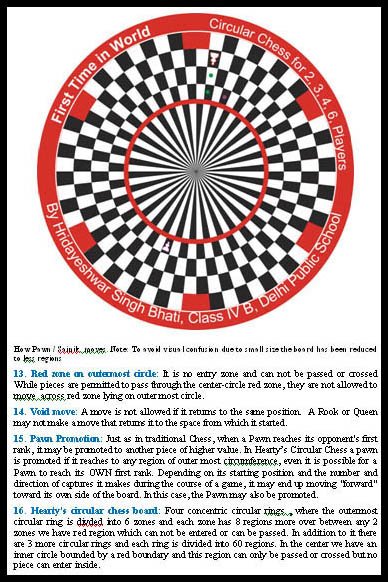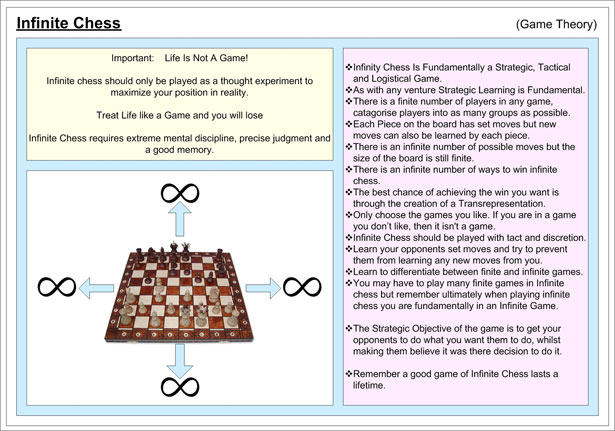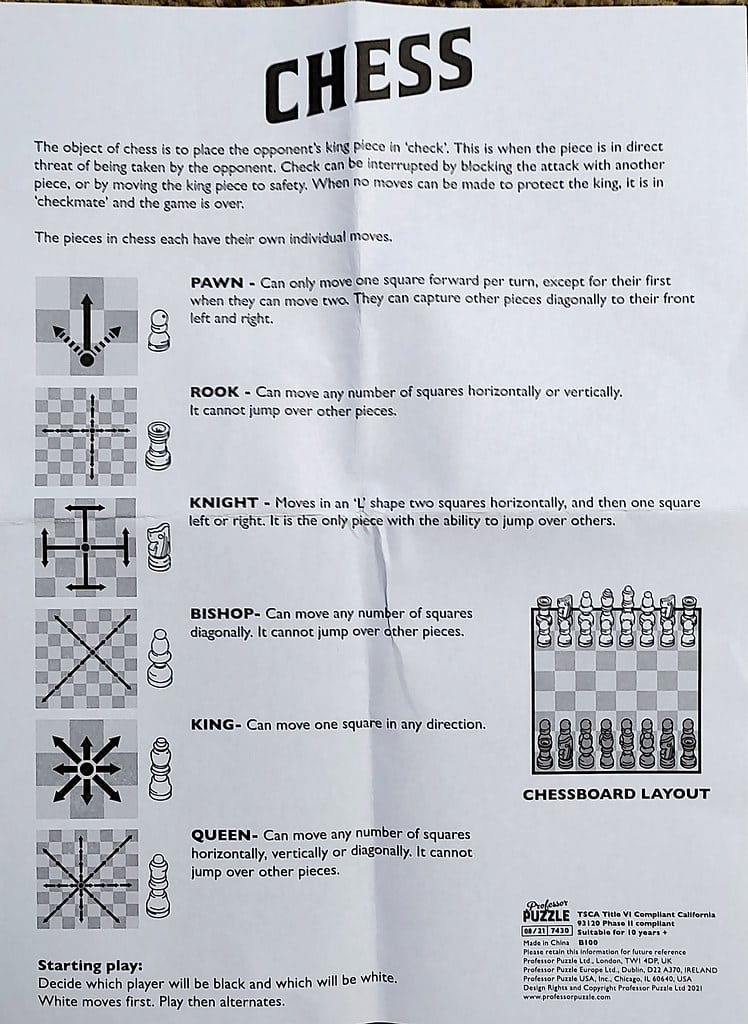Chess is one of the oldest and most popular board games in the world. It requires skill, strategy, and patience to be successful. As with any game, it has a set of rules that must be followed in order to play. This article will provide a basic overview of the chess rules.
Table of Contents
Chess rules
Objective: The chess rules indicate the objective of the game is to checkmate the opponent’s king. Checkmate happens when the king is in a position to be captured (in check) and cannot escape from capture.
To achieve checkmate, players must move their pieces strategically around the board. There are six types of pieces in chess and each one moves in a different way:
- King
- Queen
- Bishops
- Knights
- Rooks
- Pawns
The game of chess rules also has other rules such as castling, promotion, and en passant, which will be discussed in detail in the next sections.
Chess rules is a board game for two players. The objective of the game is to checkmate the other player's king by placing it in a position where it can't escape capture. To achieve this goal, the players must use their pieces (pawns, knights, bishops, rooks and queen) to move around the board, attacking each other's pieces and eventually the king. The player who checkmates the other player's king wins the game.
Each player starts with 16 pieces: one king, one queen, two rooks, two bishops, two knights, and eight pawns. The pieces are set up in the same configuration for both players, with the white pieces on the first rank and the black pieces on the eighth rank. The pieces move in different ways, with the king and queen having the most mobility.
The game chess rules starts with white making the first move, followed by black. Each player then takes turns moving one piece at a time. Pieces may capture an opponent's piece by moving to the square that the opponent's piece is on. Captured pieces are removed from the board. The game is won when one player checkmates the other player's king, either by putting it in a position where it can't escape capture or by trapping it so it can't move.

What are the basic rules in chess?
Chess is a classic strategy game for two players. The objective is to checkmate the opponent's king. To achieve this, each player has 16 pieces; 8 pawns, 2 rooks, 2 bishops, 2 knights, 1 queen, and 1 king. The game is played on a chess board, which is divided into 64 squares.
The basic chess rules of chess are relatively simple. Each player takes turns moving one of their pieces. Pieces move according to their own rules. For example, the rooks can move any number of squares horizontally or vertically, while the king can move one square in any direction. Additionally, pieces can capture the opponent's pieces by landing on their square. The game ends when a player's king is checkmated, or when the players agree to a draw.
The chess rules also include the concept of castling, which allows the king and rook to move together for defensive purposes. If a pawn reaches the opposite end of the board, it can be promoted to any other piece, except for a king. Lastly, a player is not allowed to make a move that would put their own king in check.

What are the 10 rules of chess?
Chess is a two-player game with a long history and complex rules. The basic rules of chess are simple and easy to learn, but mastering the game requires a more in-depth understanding of strategy. Here are the 10 basic rules of chess:
- The game is played on a 8×8 square board, with alternating dark and light squares.
- Each player has 16 pieces – one king, one queen, two rooks, two bishops, two knights and eight pawns.
- The goal of the game is to checkmate the opponent's king.
- The player with the white pieces always moves first.
- Pieces can only move in the directions they are facing, and can only move to unoccupied squares.
- Pawns can only move forward one square at a time, with the exception of their first move, when they can move two squares.
- Pieces can capture enemy pieces by moving to the square they occupy.
- The king can never move to a square that is attacked by an enemy piece.
- When a player puts their opponent's king in check, the player must make a move that gets the king out of check.
- The game is won when a player is checkmated or when the other player resigns.
These basic rules of chess provide the framework for the game, but a lot of skill and strategy is involved in playing. Learning the rules is just the first step in becoming a better chess player!
What are the top 5 important rules in playing chess?
Chess is a classic game that has been played for centuries and is still popular today. It requires strategy, skill and tactics. The top 5 important rules in playing chess are: knowing how to move the pieces, understanding the value of each piece, planning ahead, not making illegal moves, and taking turns.
Knowing how to move the pieces is an essential part of the game. Each piece moves in a different way, so it is important to understand how each piece moves and what its limitations are. Understanding the value of each piece is also important. The pieces vary in value, so it is important to know which pieces are more valuable and how to use them effectively.
Planning ahead is a key part of the game. It is important to think about what moves the opponent may make and how to counter them. Not making illegal moves is also essential. Every move must follow the rules of the game, otherwise, it will be deemed illegal and can lead to a loss. Finally, it is important to take turns. Players must alternate turns and make their moves in the right order, or else the game will not be fair.
How do you checkmate in chess?
Checkmate in chess is achieved when a king is under attack and cannot escape or be defended. It is the ultimate goal of the game, and it signals the end of the game. To checkmate in chess, one pieces must move in a way that traps the opponent's king such that it cannot escape. This can be a combination of pieces, such as a queen and bishop, or even a single piece, like a queen or rook.
The following are some of the ways to checkmate your opponent:
- Using a queen to checkmate your opponent.
- Using a rook to checkmate your opponent.
- Using a bishop to checkmate your opponent.
- Using a knight to checkmate your opponent.
- Using multiple pieces to checkmate your opponent.
In most cases, the player who is checkmated loses the game. However, there are some rare cases where a stalemate can be achieved, which results in a draw. To avoid checkmate, players must keep an eye on their opponent's pieces and be aware of any potential checkmate threats.
Chess is a strategy game that requires a great deal of skill and focus. The rules of chess are simple yet complex, allowing for many tactics and strategies to be developed by players. By following the rules of chess, players can engage in an exciting game and develop their skills.
There are a few key elements to remember when playing chess: the pieces, their moves, the check and checkmate, and the goal of the game. Understanding these rules is essential for playing a successful game of chess. Additionally, chess can be a great way to meet and socialize with others.
Chess is an exciting, challenging game with many intricate rules and strategies, making it an enjoyable game for everyone.
If you liked this post you should read about Current World Chess Championship.







One Response
Hi,
You’ve provided a great explanation of checkmate in chess! It’s interesting to know how the game revolves around the strategic pursuit of trapping the opponent’s king while ensuring there’s no escape or defense. The different combinations of pieces that can lead to checkmate highlight the intricate and diverse tactics within the game. Mastering the art of checkmating requires both foresight and adaptability, making each game a unique and exciting challenge.